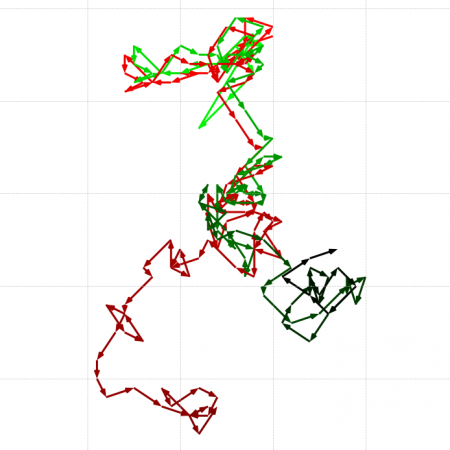Fast Track to Research
Through the Special Programme in Science (SPS), students get a head-start in their pathway towards research. SPS has an especially strong focus on multidisciplinary research, and working in a team. Our programme aims to provide a nurturing environment for driven students to flourish along this path.
Hands-On Experience
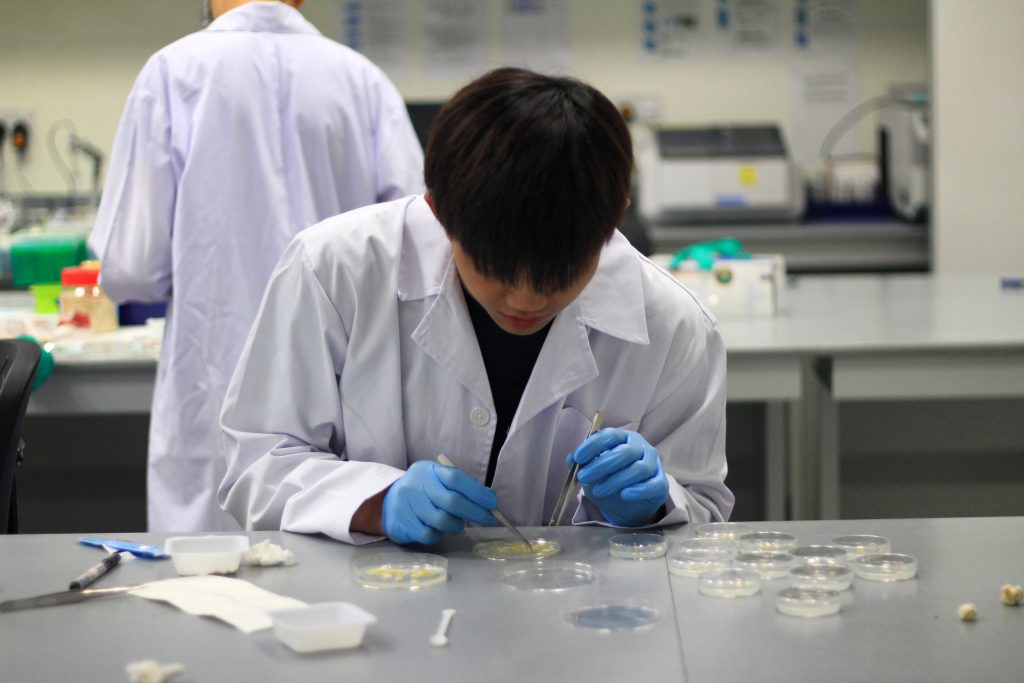
SPS provides students to opportunity to get hands-on laboratory experience. When conducting research, skills such as professional handling of equipment, troubleshooting issues, and adaptability to deal with changes are often required. Students get the chance to enhance their research skills throughout all the SPS courses. All SPS courses require students to conduct their own data collection under the supervision of trained mentors.
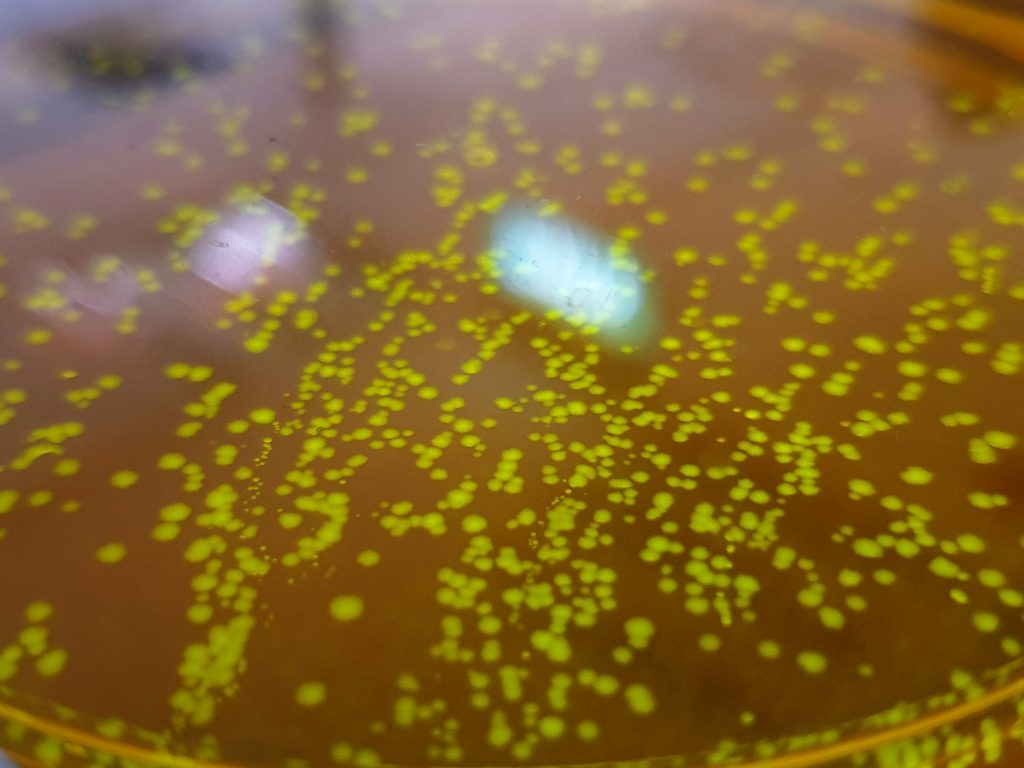
Research Independence
Students are given the opportunity and creative freedom to initiate their own research directions. They are tasked to self-investigate research topics and bring forward their own proposals. These proposals, under the guidance of SPS alumni, then form the basis of their own projects during the latter half of the SPS courses.
Science Communication
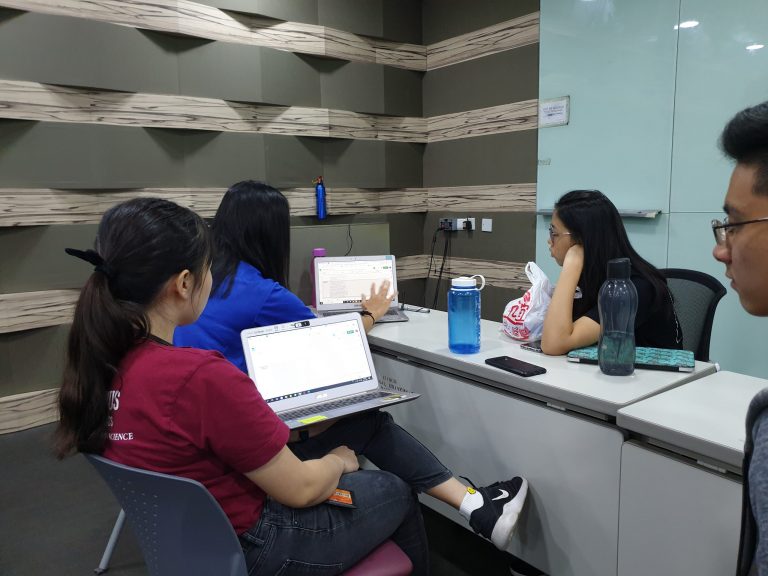
An important part of research involves reading, writing and presenting ideas. Under the guidance of mentors and staff, students are trained in this art of science communication. They learn to critically read research papers, and propose their own ideas and takeaways from the article. These ideas are then translated into their own articles, where they learn to write professionally and clearly. They also go through presentation of their ideas, where they learn to rigorously analyse their results and defend their proposals.
Past SP3172 Projects
(AY2020/2021) Optimisation of Nano -“Squeegee” for van der Waals’ Heterostructures
Van der Waals’ (VDW) heterostructures are created by stacking 2D materials with different electrical properties. These structures exhibit a diverse range of properties. This has many applications, such as in photodetection, and making better field effect transistors. The use of VDW heterostructures in electronics would allow us to create thinner and more efficient devices. However, the synthesis of VDW heterostructures often introduces interlayer contamination, which interferes with the measurement of the intrinsic properties of the heterostructure. To address this, nano -“squeegee”, a method to clear contaminants within heterostructures using an Atomic Force Microscopy (AFM) tip, was developed. In this project, we aim to test its effectiveness and explore ways to optimize the process
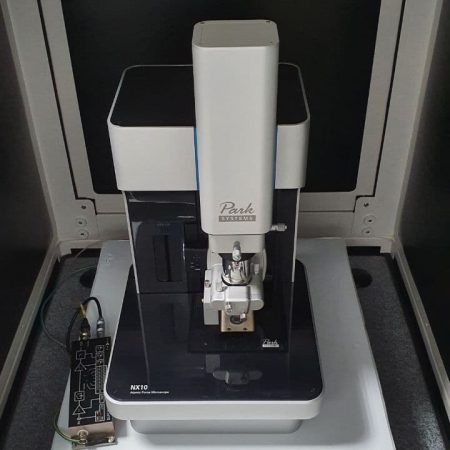
(AY2020/2021) Understanding Expression of Stratum Corneum Proteins in Atopic Dermatitis
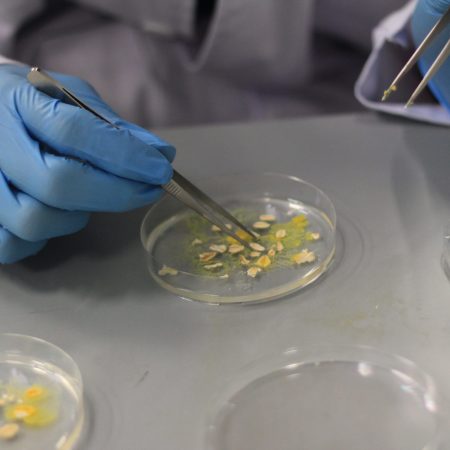
Atopic Dermatitis (AD), more commonly known as eczema, is a chronic inflammatory skin disease that affects approximately 20% of people globally. The stratum corneum (SC) has been identified as a key target for the study of AD due to its direct involvement in the pathogenesis of the disease. As AD is highly heterogenous, two main AD characteristics – skin barrier dysfunction and modified immune response – were identified for exploration. This study aims to investigate the expression differences across six SC proteins – rtemin, cathepsin H, cofilin, FABP5, nerve growth factor (NGF) and semaphorin 3A, by examining samples classified into the three subgroups, AD individuals, atopic, and non-atopic controls.
(AY2020/2021) Dual-color Single Particle Tracking for the Quantification
of GPCR Dimerization Dynamics
(Nominated for OURP)
Single-particle tracking (SPT) is a microscopy-based method to detect and track the motion of individual molecules in real time. Combining SPT and dual-channel fluorescence microscopy, we study the dynamics and kinetics of Frizzled class receptor 1(Fzd1) whose overexpression has been associated with drug resistance in tumour development. Our preliminary study provides support for the concept of dual-colour SPT analysis and forms the basis for future research to elucidate Fzd1 dynamics and oligomerization. We propose that the analysis method we have developed for our dual-colour SPT technique can be widely applied to study di/oligomerization of cell-surface proteins.
